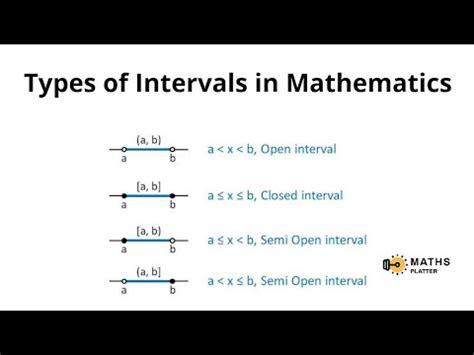Math is as much a language as any written or spoken form of communication. Throughout history, our methods for expressing relationships and outcomes have evolved, all in pursuit of precision and clarity. One such advancement that has gained traction in recent years is interval arithmetic. By representing numbers as intervals rather than specific values, we capture the essence of uncertainty and variability inherent in any measurement or calculation.
Interval arithmetic is not a new concept, but its application in modern computing brings invaluable precision, especially when dealing with floating-point arithmetic. Imagine measuring a wall and a couch for fitting: instead of treating each as exactly 7 feet, consider representing this measurement as an interval, say between 6.9 and 7.1 feet. This range captures potential errors or variations and provides a more comprehensive understanding of space and constraints.
The brilliance of interval arithmetic lies in its ability to handle computations more robustly. For instance, if you’re performing a multiplication of two intervals, such as [6.9, 7.1] × [6.9, 7.1], the result is not a single point but a new interval encapsulating all possible products of numbers within the original ranges. This calculated interval helps developers and mathematicians alike to foresee and account for potential variances, leading to more reliable results.
For developers, incorporating interval arithmetic into their work introduces a new layer of error-checking and precision management. Languages and libraries that support this form of arithmetic allow for complex operations to be executed with a built-in understanding of ranges and errors. This is particularly beneficial in fields like computer graphics, scientific simulations, and financial modeling, where precision and accuracy are paramount.
One fascinating implementation of interval arithmetic can be seen in the domain of machine learning and numerical analysis. Here, the notion of managing uncertainties through intervals instead of single-point estimates accommodates a broader spectrum of real-world fluctuations and noise. For example, when we calculate the sum of multiple values, acknowledging these as intervals rather than fixed points can significantly enhance the model’s resilience to variations and anomalies.
However, the method is not without its complications. As discussed by some commentators, the distinction between operations like x² (pointwise squaring) and x * x (cross product within intervals) needs clear representation and understanding. Affine arithmetic and Gaussian variables, descending from interval arithmetic, attempt to quantify these relationships further, offering more nuanced and refined error estimations. Nonetheless, these advanced methods demand a deep understanding and careful handling to avoid overestimating uncertainty inflations.
In conclusion, embracing interval arithmetic in programming and algorithm design stands as a testament to our evolving quest for precision. By thinking beyond single-point values and embracing the ranges that capture true potentiality, we not only enhance the accuracy of our computations but also align more closely with real-world conditions. In doing so, those of us who implement these methods can look forward to developing more resilient and reliable systems, truly reflective of the complexity and diversity of our surroundings. To delve deeper, resources such as the Wikipedia page on interval arithmetic provide a rewarding exploration of this fascinating subject.


Leave a Reply